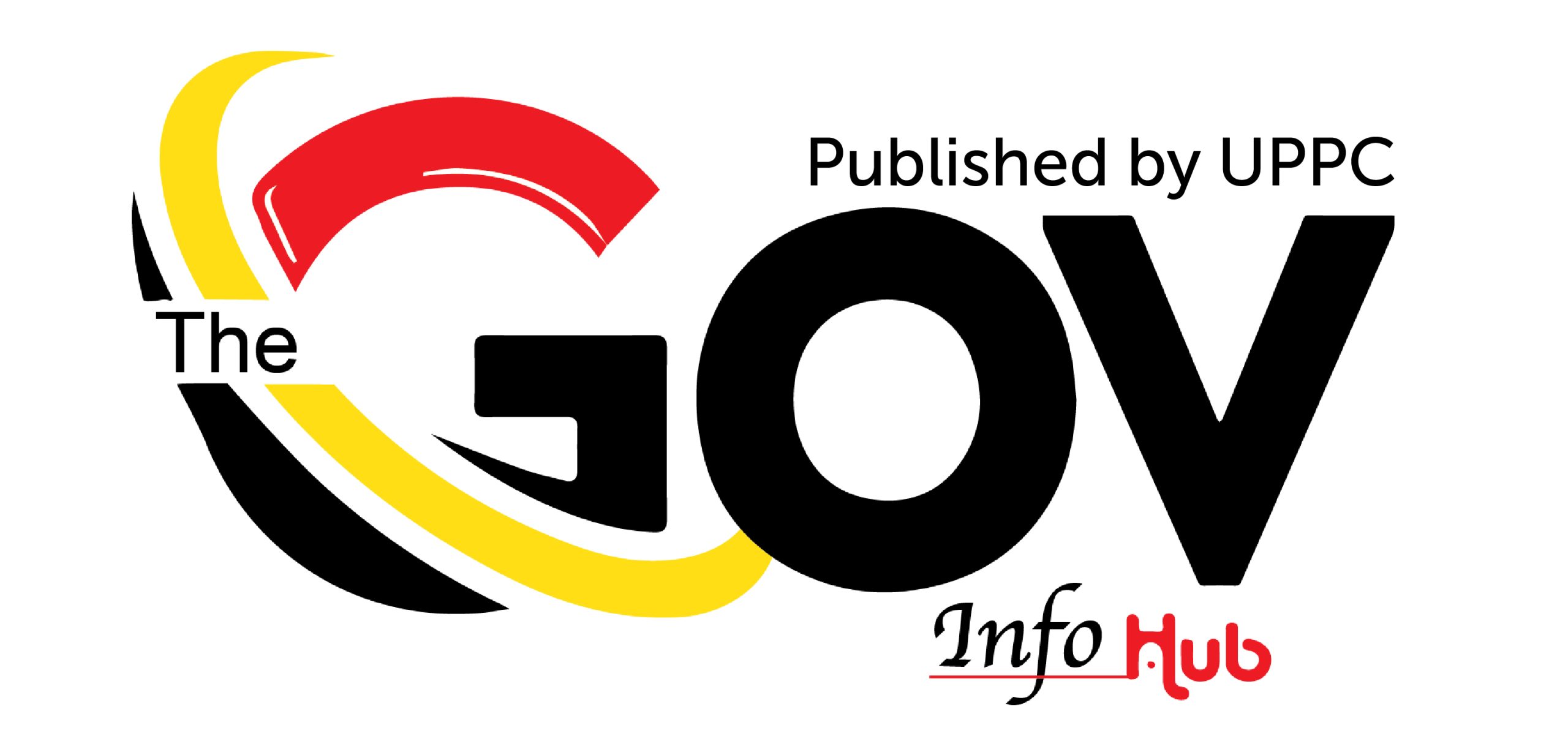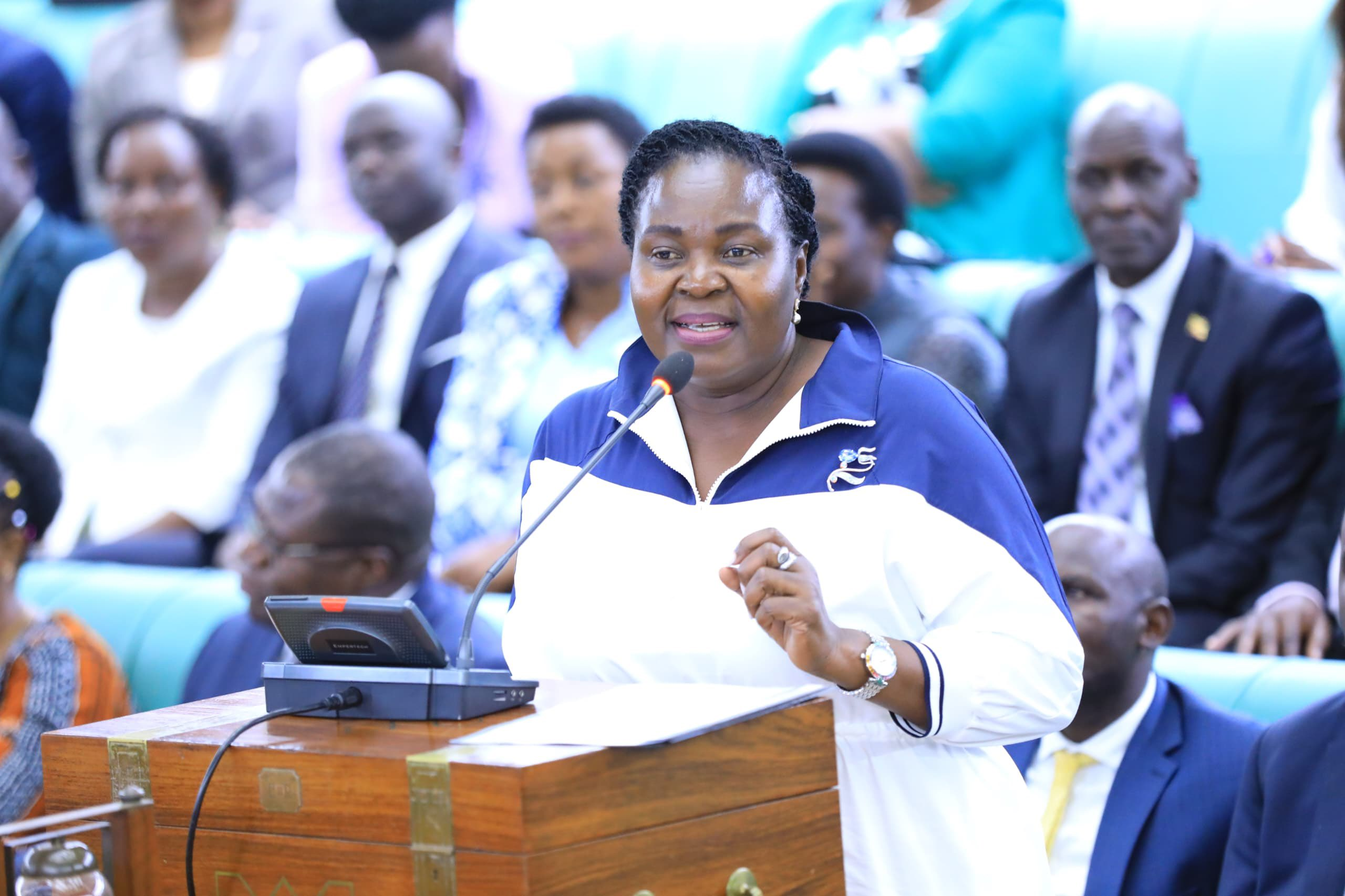The end of the Umeme Ltd electricity distribution concession, the refusal by the government to renew it and the decision to have a state company take over have drawn public questions.
The questions touch on the ability of Uganda Electricity Distribution Company Ltd (UEDCL) to manage the nationwide network starting April 1, 2025, why the government is paying a contractor to quit and the fate of thousands of Umeme employees, among others.
First, until the handover date, Umeme is in charge of distributing electricity to the 2.3 million households and organisations, and continues to make investments in the network, according to the Ministry of Energy and Mineral Development.
The concession:
After decades of a decline in electricity sector services, and the need to power the industrial revival and the growing population, the government launched the first-generation energy reforms in 1999.
The reforms included allowing private sector participation and the de-bundling of the Uganda Electricity Board (UEB), which was then responsible for generation, transmission and distribution.
This paved the way for the separation of roles and the birth of UEDCL, Uganda Electricity Generation Company Ltd (UEGCL), Uganda Electricity Transmission Company Ltd (UETCL) and UEDCL.
The three respectively inherited the generation, transmission and distribution assets which had belonged to UEB.
An industry regulator, the Electricity Regulatory Authority (ERA), was also formed to regulate the sector in terms of quality of service, pricing and other affairs.
The government then went ahead to invite private sector companies to manage these assets.
In March 2005, the government gave a 20-year concession for electricity distribution to Umeme Ltd.
A single-buyer model was also adopted by the government and UETCL would be the only electricity buyer from the power producers and the only supplier to Umeme, an importer and exporter of electricity.
Umeme was licensed to distribute and supply electricity to customers, a mandate that involved operation, maintenance and upgrade of electricity distribution infrastructure; electricity retail; and provision of related services.
Achievements
Apart from extending the network, rehabilitating existing assets and improving service delivery, Umeme was also tasked with reducing energy losses, then estimated at more than 35 percent.
By 2019, losses will have dropped to 16.9 percent of the total power consumed, the losses being through theft of electricity, vandalism of equipment and payment default, among others.
However, during the COVID-19 lockdown, losses went up again to more than 19 percent before being brought down to 17.3 as of the end of 2024.
Umeme also managed to extend the grid to almost all districts of Uganda and increase the connectivity from 10 percent (130,000 households) in 2005 to around 35 percent (2.3 million households).
This has been on account of total investments in the grid, amounting to about 746.798 million Dollars or about 2.7 trillion Shillings.
Irene Bateebe, the Permanent Secretary at the ministry, says Umeme will continue to invest, but only to keep power on, until the April 1 handover date.
In 2022 the cabinet resolved not to renew the expiring concessions of private players in the industry, who included Umeme in distribution, Eskom and others in hydro and thermal generation.
Apart from continuous complaints about high power tariffs and electricity outages, the decision was also aimed at reducing the cost of electricity to the consumer.
Earlier in 2018, President Museveni told his ministers that the 20 percent return on investment allowed to Umeme was too high and needed either to be revised downwards or the contract terminated.
This resulted in the second electricity generation reforms currently being implemented, under which the cabinet resolved to have the Umeme concession come to its natural end.
It is estimated that the company has not yet recouped all its investment and that UEDCL will have to pay in compensation for the assets it’s taking over, an amount equivalent to the recouped investment not yet recouped.
This, according to the ministry, is around 191 million dollars. However, PS Bateebe says the final amount will be announced after the Auditor General’s evaluation.
PS Bateebe assured that country that the return on investment accorded UEDCL will be lower than that for Umeme, and that this should be a contributing factor to lower tariffs.
This paved the way for the separation of roles and the birth of UEDCL, Uganda Electricity Generation Company Ltd (UEGCL), Uganda Electricity Transmission Company Ltd (UETCL) and UEDCL.
The three respectively inherited the generation, transmission and distribution assets which had belonged to UEB.
An industry regulator, the Electricity Regulatory Authority (ERA), was also formed to regulate the sector in terms of quality of service, pricing and other affairs.
The government then went ahead to invite private sector companies to manage these assets.
In March 2005, the government gave a 20-year concession for electricity distribution to Umeme Ltd.
A single-buyer model was also adopted by the government and UETCL would be the only electricity buyer from the power producers and the only supplier to Umeme, an importer and exporter of electricity.
The electricity tariff regime is regulated by the ministry through ERA. The service provider suggests an adjustment based on the change in key factors like inflation, foreign exchange, cost of fuel, among others.
ERA then either approves or rejects the tariff proposal.
She says government agencies have now built enough capacity to run projects in the electricity sector.
The 20 years of UEDCL managing several networks in the countryside has given it the capacity to take on the wider distribution network.
This will also be possible to manage since the majority of the employees of Umeme are being integrated into UEDCL, according to the Ministry.
The Permanent Secretary also says that the pace of connectivity will be enhanced under UEDCL to 400,000 connections per year compared to the current rate of 300,000.


